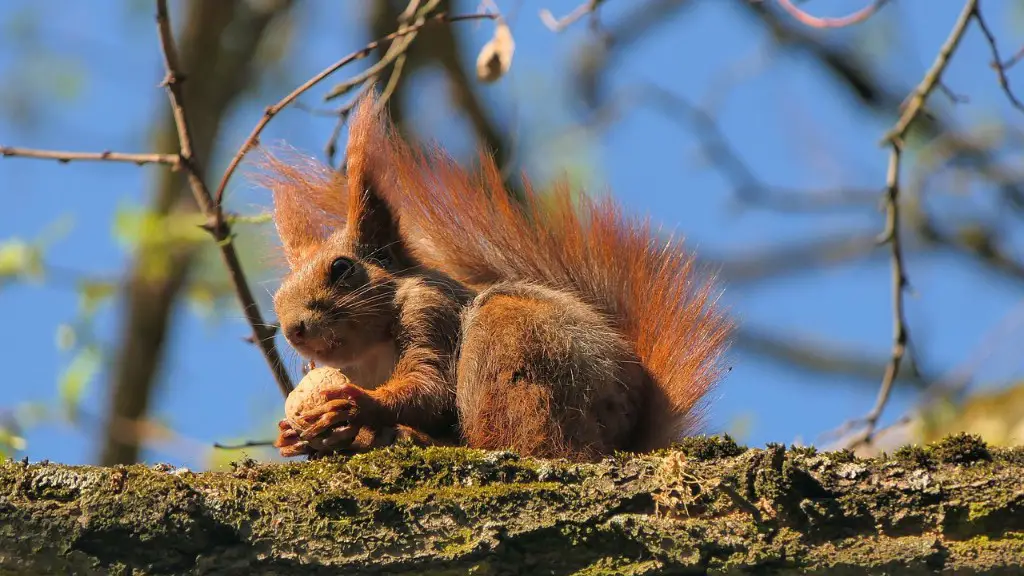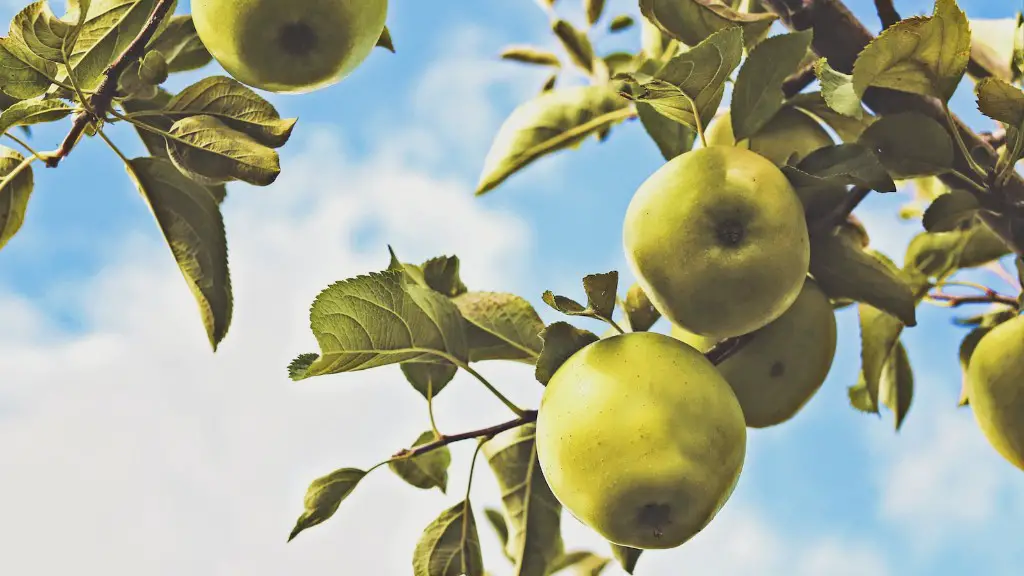Japanese Beetles and Cherry Trees
Japanese beetles are a type of insect found in many parts of the world, and can cause a great deal of damage to foliage, flowers, and fruits of various plants and trees. In recent years, there has been an increase in reports of Japanese beetle damage to cherry trees.
The adult Japanese beetle is about one-half inch long and has a metallic green head and thorax, and bronze-colored wings and legs. The adults emerge from the soil in late June to early July and begin feeding on the foliage and flowers of cherry trees. The feeding damage is very distinct and often results in the trees losing all of their foliage. The damage is more severe on younger trees which do not have a well-developed root system.
The Japanese beetle larvae are a creamy white color and can be found in the soil around the roots of the cherry tree. The larvae feed on the roots of the tree, which can eventually lead to death. The larvae also feed on other plant matter such as grass roots, making them even more damaging to cherry trees.
The best option for dealing with a Japanese beetle infestation is to use natural predators. The most common natural predators of the Japanese beetle are birds, parasitic wasps, and predatory nematodes. Biological pest control is the easiest and most effective way to control the population of Japanese beetles on cherry trees.
If the infestation is severe, or if natural predators are not available, then chemical insecticides can be used to control the population of Japanese beetles. It is important to note that chemical insecticides should be used as a last resort, as they can have negative effects on beneficial insects and the environment. It is also important to note that some chemical insecticides can be toxic to pets and humans, and should be used with caution.
In the end, Japanese beetles can kill cherry trees if not treated properly. When dealing with a Japanese beetle infestation, it is best to contact a professional if the infestation is severe. They will be able to help you identify the problem and provide guidance on how to deal with it effectively.
Other Tree Pests
While Japanese beetles are a major pest of cherry trees, they are not the only one. Other pests that can cause significant damage to cherry trees include scale insects, aphids, caterpillars, mites, borers, and rootworms. All of these pests can damage a cherry tree’s leaves, bark, and fruit, making them just as problematic as Japanese beetles.
The damage caused by these pests can range from minor discoloration of leaves to complete defoliation of a cherry tree. In some cases, the pest damage may be so severe that the tree may need to be replaced. If the damage is severe, it is important to contact a professional arborist to assess the damage and develop a plan for dealing with the pest.
In most cases, these pests can be managed with tips like pruning, proper water management, and cultural practices. In some cases, chemical insecticides may be needed. As with Japanese beetles, it is important to use chemical insecticides only as a last resort and with careful consideration.
To help prevent pest damage in the first place, it is important to maintain a healthy cherry tree. Healthy trees are less likely to be attacked by pests, so it is important to practice proper tree maintenance such as fertilizing, watering, and pruning.
Diseases Affecting Cherry Trees
In addition to pests, cherry trees can also be affected by diseases. Among the most common diseases affecting cherry trees are bacterial cankers, brown rot, and powdery mildew. Each of these diseases can cause significant damage to cherry trees, especially if they are left untreated.
Bacterial cankers are caused by the bacterium Pseudomonas syringae, and can cause the leaves, bark, and twigs to become discolored. Brown rot is caused by the fungus Monilinia fructicola, and can cause the fruits to become soft and brown. Powdery mildew is caused by the fungus Podosphaera fuscata, and can cause the leaves to become covered in white or gray material.
Fortunately, most of these diseases can be controlled with proper maintenance and preventive measures. Pruning can help reduce the spread of bacteria and fungal infections, and proper irrigation can help minimize the severity of the infection. Applying proper fungicides can also help reduce the severity of the disease and prevent it from spreading.
Preventative Measures for Cherry Tree Health
When it comes to maintaining the health of your cherry trees, preventative measures are key. Regularly checking your cherry trees for signs of pests and diseases can help you catch problems early and take action before they become too severe. Additionally, proper fertilization and pruning practices can help promote healthy growth and development of your cherry trees.
Finally, it is important to remember that the health of your cherry trees is dependent on the care you give them. Healthy trees are less likely to be attacked by pests and diseases, so it is important to practice good tree maintenance. This includes keeping an eye out for signs of pest infestations and disease, and taking the necessary steps to address them as soon as possible.
Consulting Professional Arborists
When dealing with any issues related to the health of your cherry trees, it is always best to consult with a professional arborist. Arborists are knowledgeable in the care and treatment of trees, and will be able to give you the best advice on how to take care of your trees. They will also be able to help you identify any pests or diseases that may be affecting your trees, and provide guidance on how to address them.
Overall, taking care of your cherry trees is important for keeping them healthy and pest-free. If you have any questions or concerns about your cherry trees, it is always best to seek the advice of a professional arborist.
Types of Cherry Trees
When it comes to choosing the right cherry tree for your needs, there are many different varieties to choose from. Some of the most popular cherry tree varieties include sweet cherries, tart cherries, heirloom cherries, and dwarf cherries. Each variety has its own unique characteristics, and it is important to research each type carefully before making a decision.
Different cherry trees also require different types of care. For example, sweet cherries require more water and fertilizer, while heirloom cherries require less. Additionally, dwarf varieties require less pruning than other types of cherries, making them a great choice for small gardens.
No matter what type of cherry tree you choose, it is important to remember to take proper care of it. Doing so will help ensure the health and longevity of your cherry tree, and prevent problems such as pests and diseases.
Cherry Tree Care Tips
Once you have chosen the right type of cherry tree for your needs, it is important to properly care for it. It is important to practice proper tree maintenance, such as fertilizing and pruning, in order to keep your cherry trees healthy and pest-free. Additionally, you should inspect your cherry trees regularly for any signs of pest or disease problems, and take the necessary steps to address them.
Watering is another important part of cherry tree care. Make sure to water your cherry trees at the roots, taking care not to overwater or soak the leaves. Proper pruning is also important for keeping your cherry trees healthy. Pruning helps promote new growth, and can help remove dead or diseased branches to reduce the risk of pest infestation.
Overall, it is important to remember that taking care of your cherry trees is key for keeping them healthy and disease-free. With proper care and maintenance, your cherry trees will be sure to thrive.





